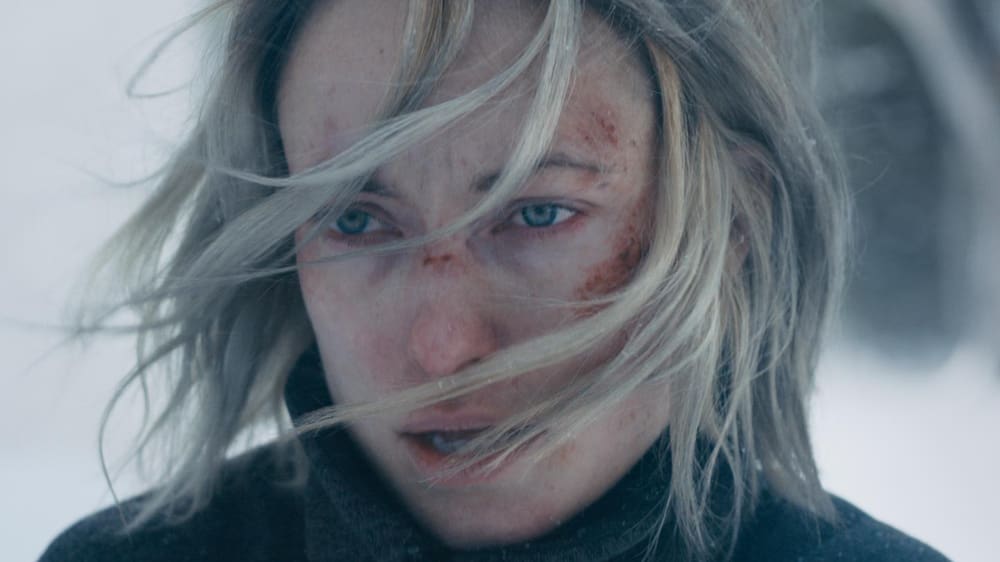
Part of what makes attending film festivals like SXSW so special is the raw reactions you can experience. No critic’s input can lead you in a direction beforehand. The audience’s reactions during the screening are genuine if not infectious. But then there are occasions like the 2018 SXSW premiere of Sarah Daggar-Nickson’s directorial and writing debut A Vigilante where the reactions after the fact are as vital as what was on screen.
When the festival moderator opened the floor to the audience for a Q&A session, the first response wasn’t a question, it was a moment of thanks. There was no need to ask Nickson or Wilde’s thoughts about the filming process, what the first viewer saw on screen was what she experiences and struggles to cope with herself.
Wilde’s character, Sadie, leaves her abusive husband but struggles with violent panic attacks following her bravery. They’re truly frightening, unadulterated moments with no fix in sight. As much as Sadie has moved on from the past, removing herself from an abusive relationship, the effects are longlasting. There’s a frightful realization that despite Sadie’s self-appointed role as a vigilante to free other women and children from abuse, their lives are already changed.
But there’s hope. One of the last moments of the Q&A brought a woman to the mic to express her gratitude having removed herself from an abusive husband a decade ago. This movie was made not just for those two people but for the millions of the abused. As one character in Sadie’s counseling group explains before Sadie takes on her role as watchful guardian and punisher, it’s for everybody regardless of gender that went through the same trials and didn’t make it out alive.
Every second of the film reaches out to someone without being overly aggressive. It’s doesn’t set an agenda that every man is the antagonist of the relationship. There aren’t really any redeemable male figures, they’re all abusive, but that’s counteracted by including an abusive mother Sadie is sent to stop. It’s that trip to free a couple of boys that brings out the most violent emotions in Sadie, even more than her final confrontation with her ex-husband.
On a formal level, A Vigilante is most interested in reactions and consequences that follow violence. For being a film about a vigilante, the amount of violence is wisely lowkey. To allow Sadie to return the favor to abusers in a violent action sequence would defeat the purpose to end abuse.
This isn’t Atomic Blonde, and it’s not supposed to be. Nickson simply shows one blow from Sadie and cuts to a body on the floor. That’s partly because of Sadie’s precision, but the brevity of the fights draws a visceral reaction much like creating horror films placing something off screen to let the audience imagine what happened.
Not only does Wilde sell Sadie as a physically powerful vigilante but also balances the delicate emotions that come with the job. Sadie’s a martyr who though she acts strongly for her clients, not only has to confront her demons but takes on others’ pain as well. As one of Wilde’s first true leading performances, there’s little doubt she should have had this opportunity sooner.
As a small independent film, it’d probably struggle to get the attention a few years ago but coming in hot on the #MeToo movement rising against the patriarchy, this should be an anthem as indicated by the immediate reaction by its shaken audience. And if that wasn’t enough, Wilde’s directorial debut Booksmart has captured audiences through a new lens of the high school experience. If it wasn’t already clear, she’s one of the most exciting people working in Hollywood right now with remarkable insight on and off screen.
Overall Grade: 7.5 out of 10

